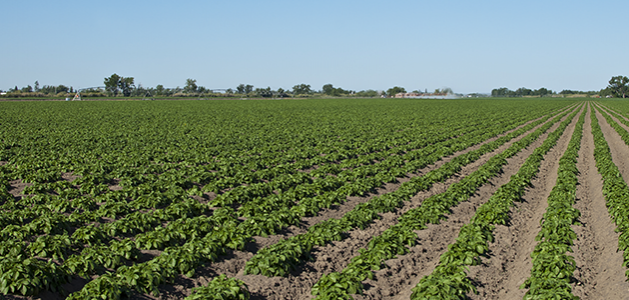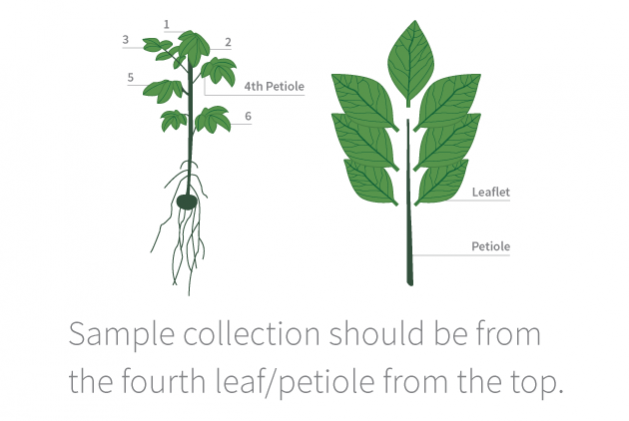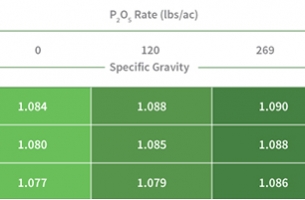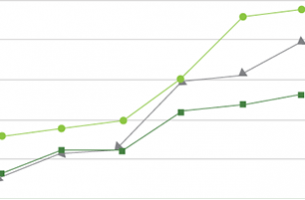Apply Potassium at Hilling to Increase Potato Yields and Quality
Potatoes naturally have a very high need for potassium (K) -- often as much as 300 pounds K2O per acre for a typical large crop -- to support root growth and other essential functions. When K levels are insufficient, potatoes can suffer both in yield and quality. That’s especially true if soils are low in potassium during the crop’s most critical developmental stages, such as tuber initiation and bulking.

Leveraging Hilling Stage for Second K-Application
Many growers are satisfied with a single preplant application of potassium for providing adequate K to meet their potatoes’ requirements. But in certain soils and geographies, splitting the potassium application into two (one application at planting with another in-season) has proven to be even more effective. In those cases, the hilling stage is an ideal time for the second application.
The hilling stage is an ideal time for the second application of fertilizer.
Keep K available
Potassium tends to be immobile in the soil. However, in looser, sandy-textured soils, potassium can move and leach out of the crops’ root zone more easily. Obviously you want the nutrients to stay close to the roots and be readily available for plant uptake. If you rely on a single preplant application in those types of soils, the optimal amounts of K may not be there later when they’re needed most. By adding supplemental potassium at hilling, you increase the ability of roots near the surface to maximize intake of this vital nutrient.

Another key point of consideration is the salt index of your potassium fertilizer. The hilling operation concentrates nutrients near the plants’ roots and stimulates absorption, so if your potassium source is higher in salt to begin with, those salts will accumulate and can be harmful to the safety of your crop. Protassium+® premium sulfate of potash (SOP) is preferable to other potassium sources which have high salt content, because it is virtually chloride-free. Protassium+ SOP also has the added benefit of sulfate sulfur.
For added assurance of a superior crop, it’s recommended that you test petioles for K levels. Those findings can help to determine the need for additional post-planting nutrition. Don’t wait too long for the testing, however. An early deficiency of K can dramatically impact your crop, and a late-season application of supplemental potassium likely won’t produce the same desirable return on investment.
Providing a beneficial potassium application at hilling is one key decision; another is your choice of fertilizer. If your K source is high in salt, you may actually be holding back the yields you’re trying to increase.




